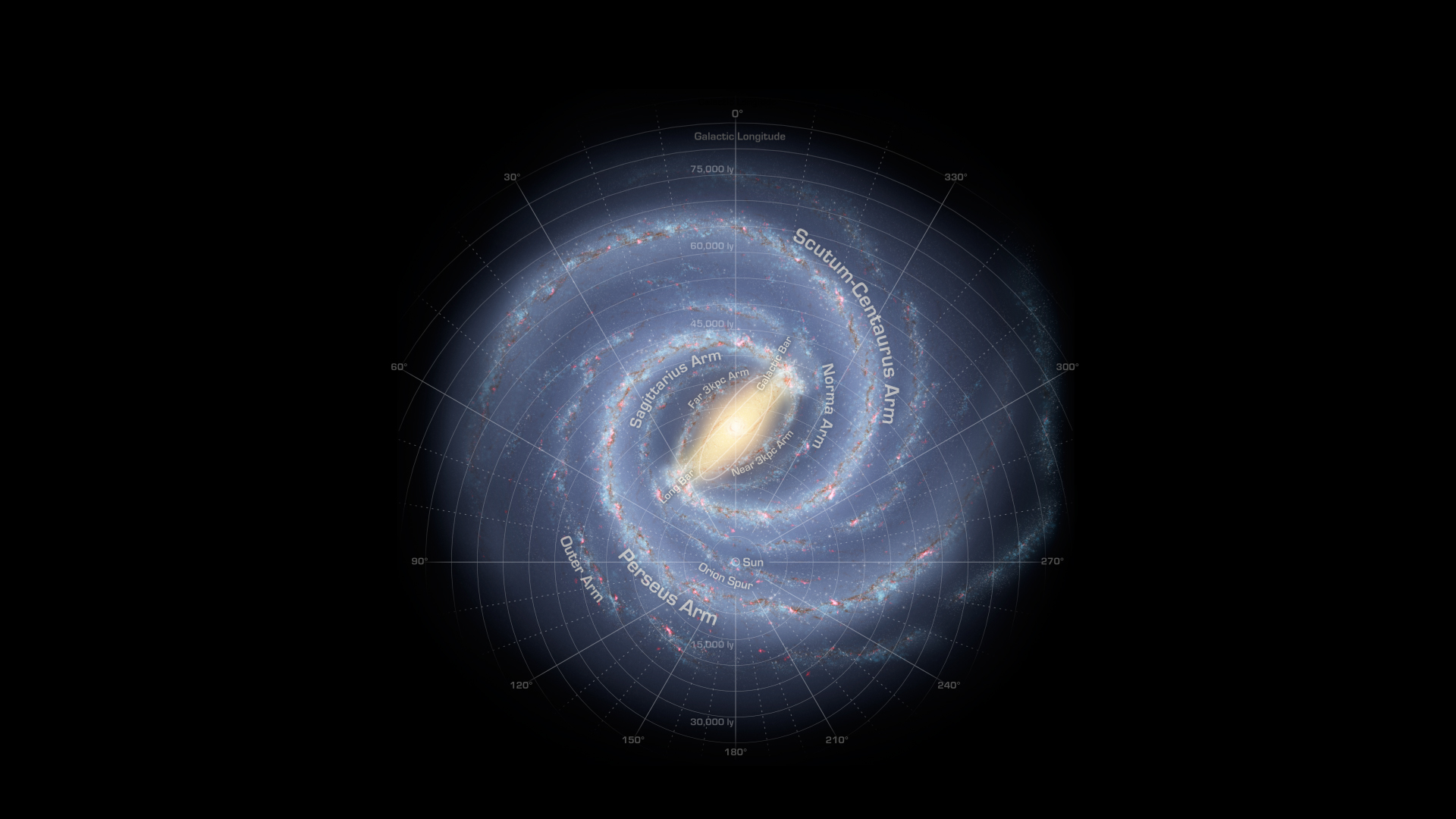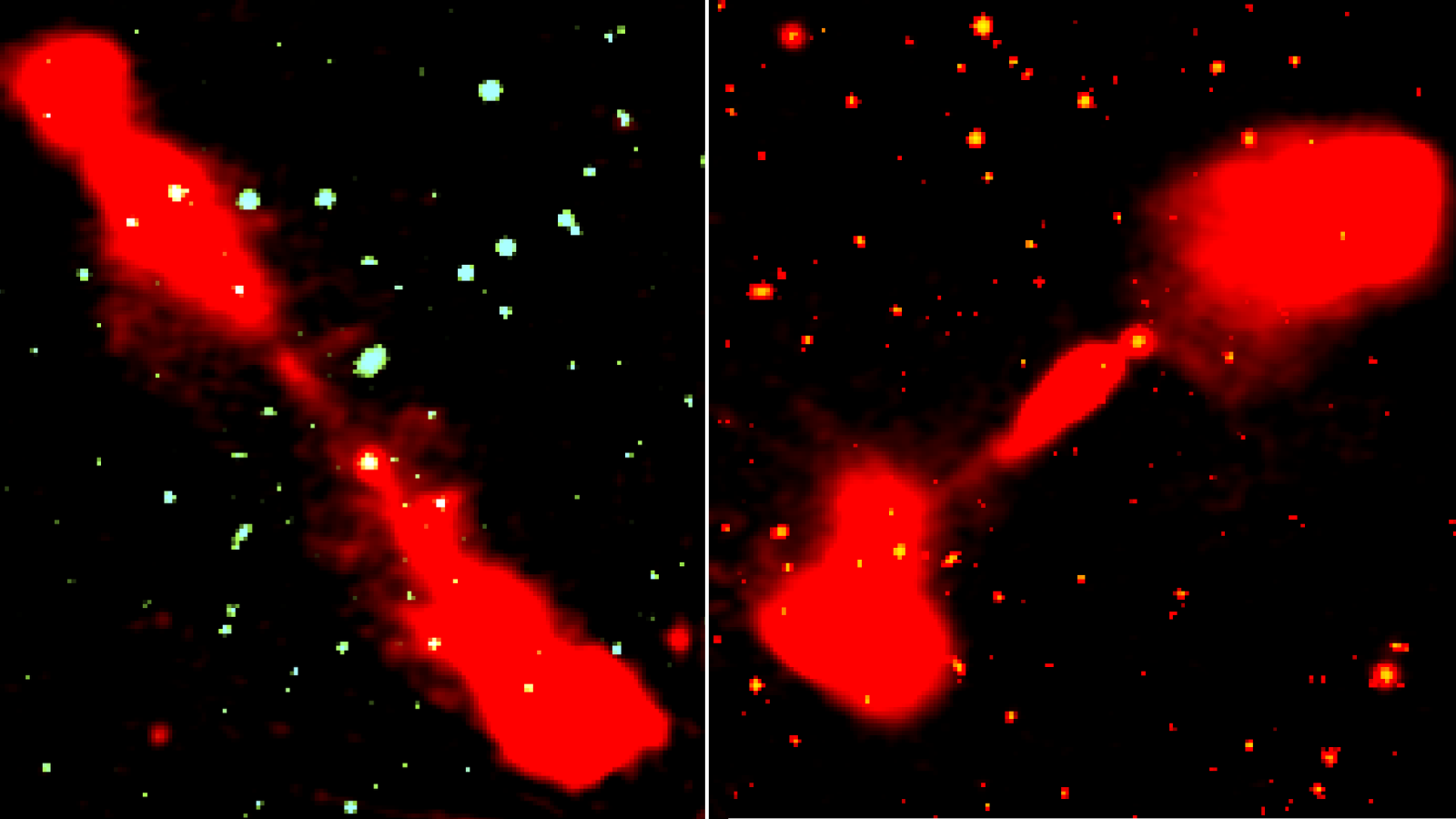Far Flung Star Cluster Found at Milky Way's Edge

Astronomers in Brazil have discovered a cluster of stars forming at the edge of the Milky Way, according to a press release from the Royal Astronomical Society.
This is unusual because it was believed that stars generally take form closer to the center of our spiral-shaped galaxy, rather than from its swirling, spiral arms, which are thousands of light-years away. These two clusters of stars — named Camargo 438 and 439 — were seen in a cloud at the galaxy's outskirts.
Photos: Hubble's Star Dust Stunners
Denilso Camargo, an astronomer at the Federal University of Rio Grande do Sul in Porto Alegre, Brazil, led a team that analyzed data from NASA’s orbiting Wide-Field Infrared Survey Explorer (WISE) observatory. They zeroed in on dense clumps of gas in so-called giant molecular clouds(GMCs) that are known to generate stars. GMCs are mainly located in the inner part of the galactic disc.
The new star clusters lie about 16,000 light-years away from the main disk of the Milky Way galaxy. How did they form there? The scientists aren’t yet sure but Camargo theorizes that one of two scenarios could have led to the stars’ formation.
Milky Way's Fattening Behind Revealed
"Our work shows that the space around the Galaxy is a lot less empty that we thought," said Camargo. "The new clusters of stars are truly exotic."
Breaking space news, the latest updates on rocket launches, skywatching events and more!
Camargo's team published their results in the journal Monthly Notices of the Royal Astronomical Society.
This article was provided by Discovery News.

